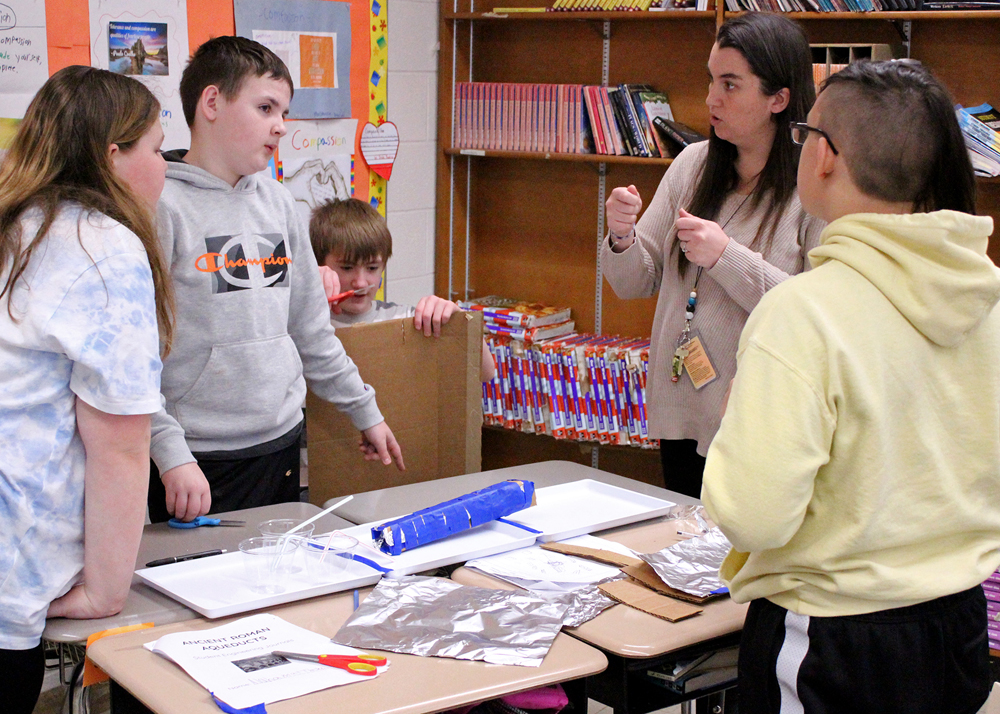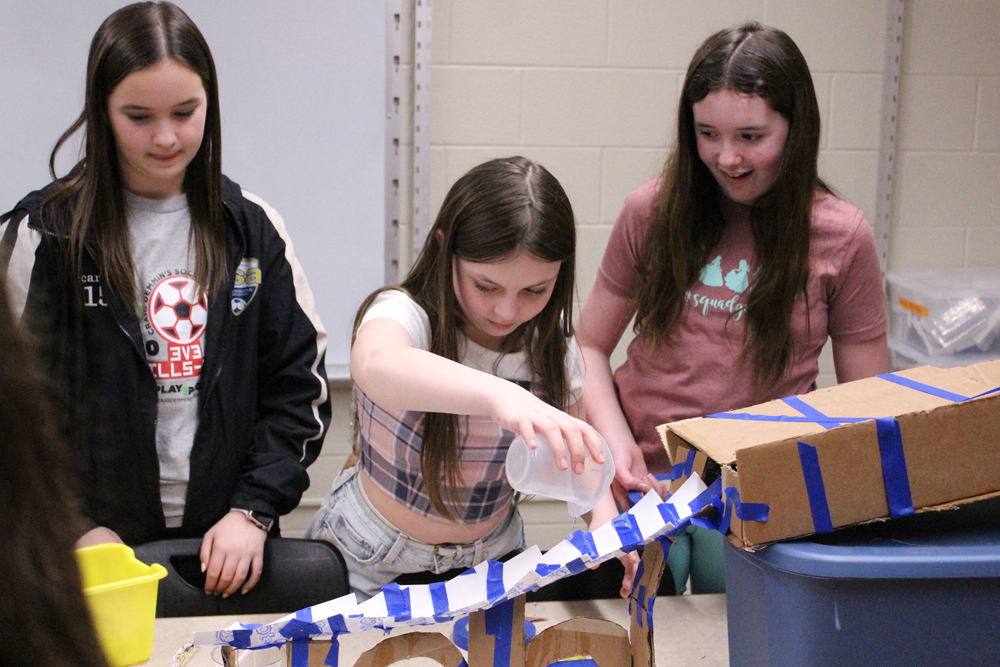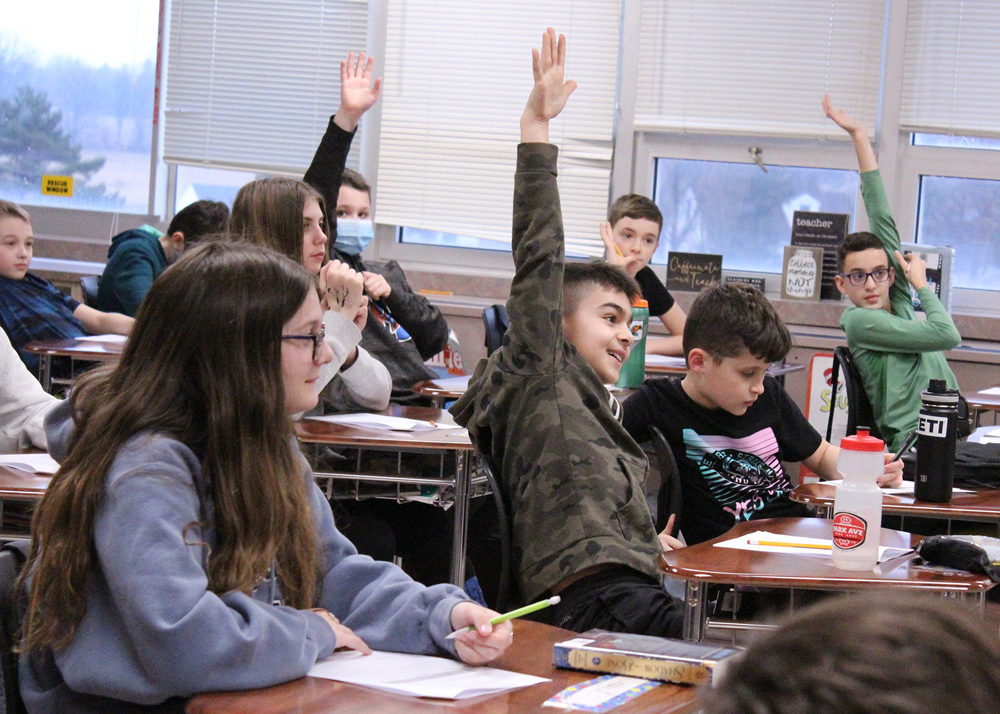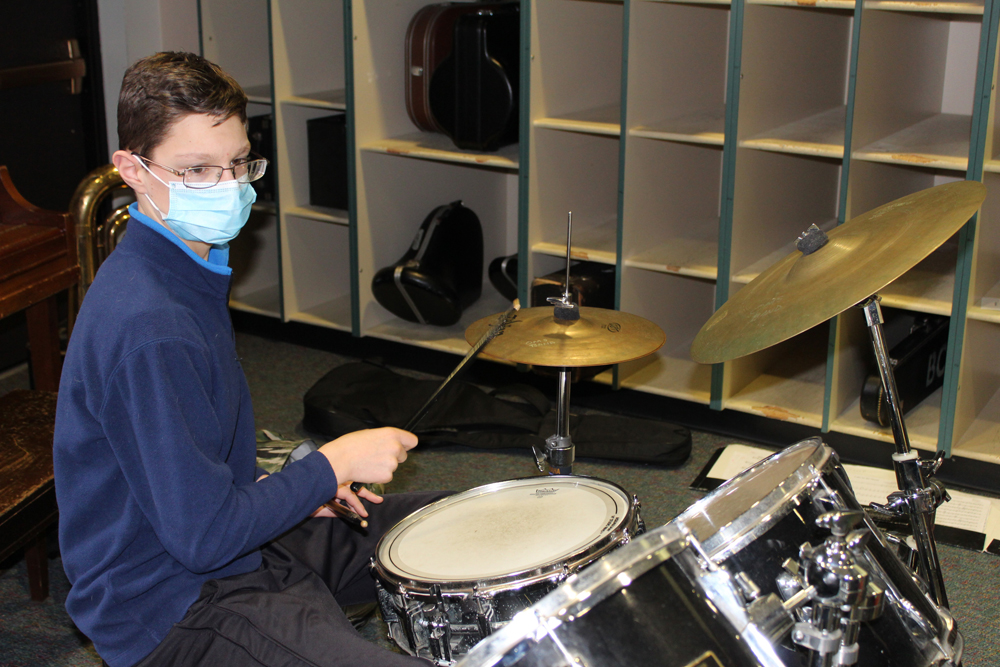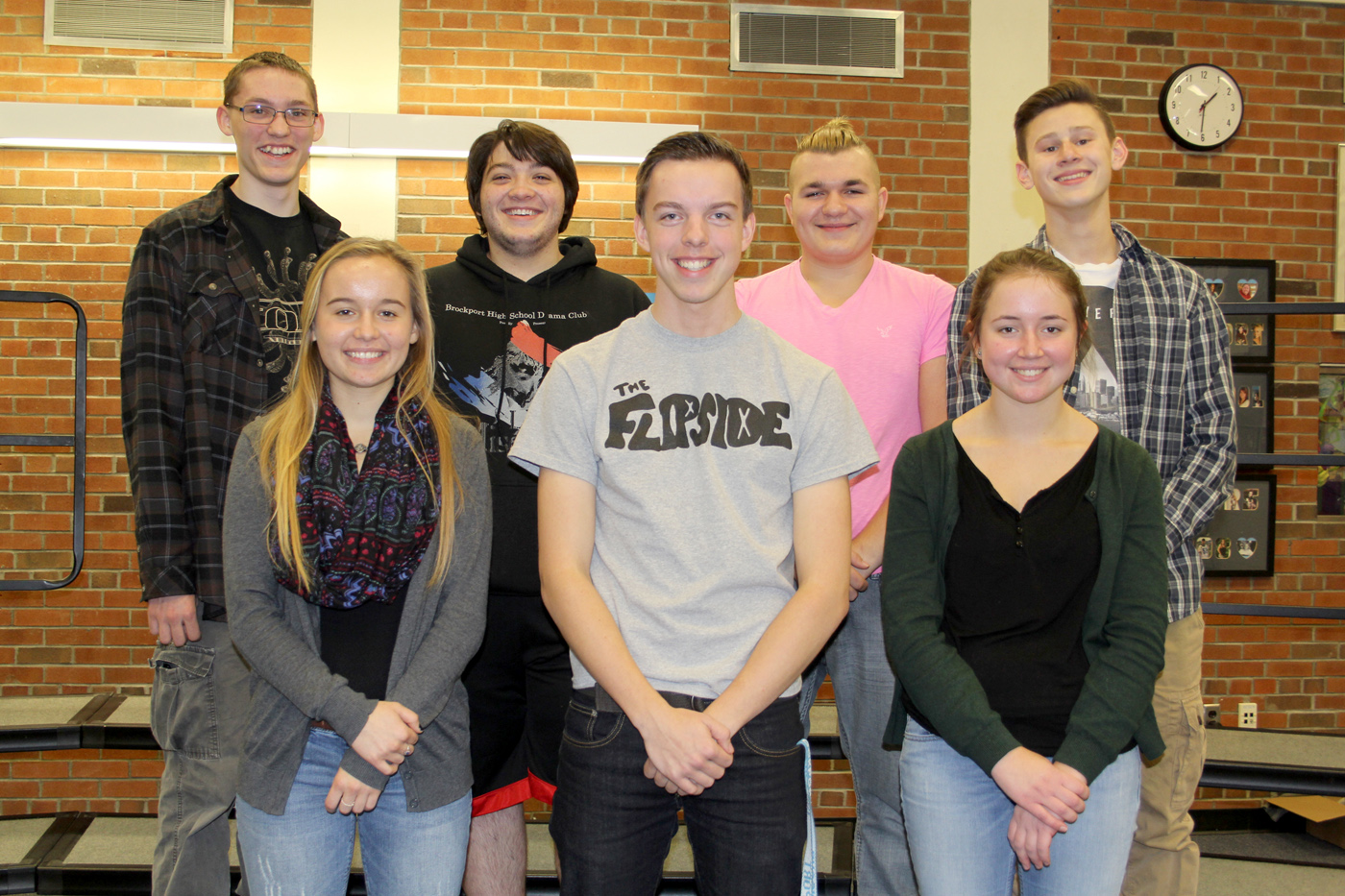Connecting with history at Churchville-Chili Middle School
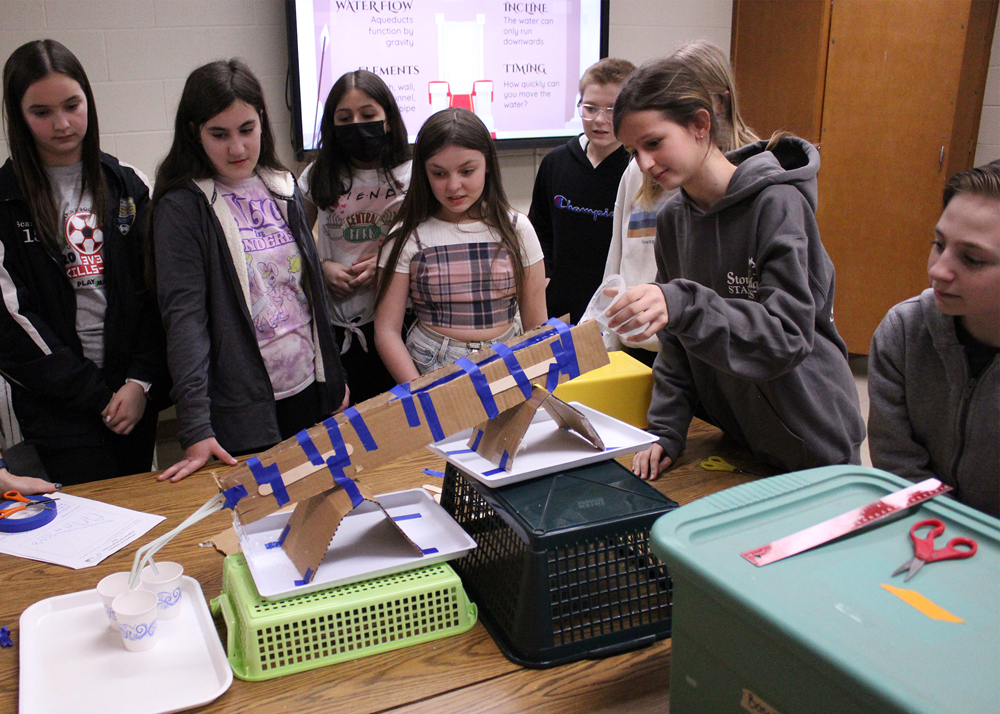
Students at Churchville-Chili Middle School recently did more than simply learn about the aqueduct, one of the marvels of ancient Rome. They imagined themselves as Roman engineers tasked with actually building one. Their challenge was to construct an efficient, cost-effective system of tunnels, trenches, pipes, walls, and bridges that would move water across long distances and into cities.
This exercise was designed to complement a unit on world history and classical civilizations, part of the NYS-standards sixth-grade social studies curriculum. “It can be difficult for students to see the connections between history and contemporary society,” said Enrichment Specialist Stephanie Ricci. “Activities like this put them in the shoes of people in the past. They have to consider the same things, ask the same questions, and follow the same processes as the Romans did.”
Sixth-grade teachers Christina Apeland, Angela George, Danielle King, Michelle Mirrione, Lockley Platt, Jason Schaw, Josie Spadafora, and Maria Straight worked with Ricci and the other school enrichment specialists Shannon Barton, Andrea Lynch, and Patti Saucke to design and implement the multi-day activity. Students followed the engineer design process: Ask, Imagine, Plan, Create, and Improve.
Students first spent time questioning: How can spring water flow large distances across plains, into valleys, up hills, or through mountains? How can gravity be used to power water flow? How can aqueducts bring water right into busy cities without blocking streets and traffic? Once there, how can the water be delivered to many different locations and buildings?
They considered all the challenges, keeping in mind that the best design uses the fewest materials, has the least impact on the environment, and delivers water continuously, with little waste. Student teams drew up plans, each including at least two architectural features, and considered the costs of the materials they used – cardboard, tape, aluminum foil, paper cups, straws, and popsicle sticks. Teams built their aqueducts and then tested them with water, noting which features worked well and which didn’t.
The hands-on activity was fun and engaging; the students’ enthusiasm was evident. More importantly, it connected students to the people and the classical culture they were studying. “Students gained a deeper understanding and respect for the past,” said Ricci. “It helped them see the enduring contributions these ancient people made that link history with their own lives today.”
Provided information and photos
